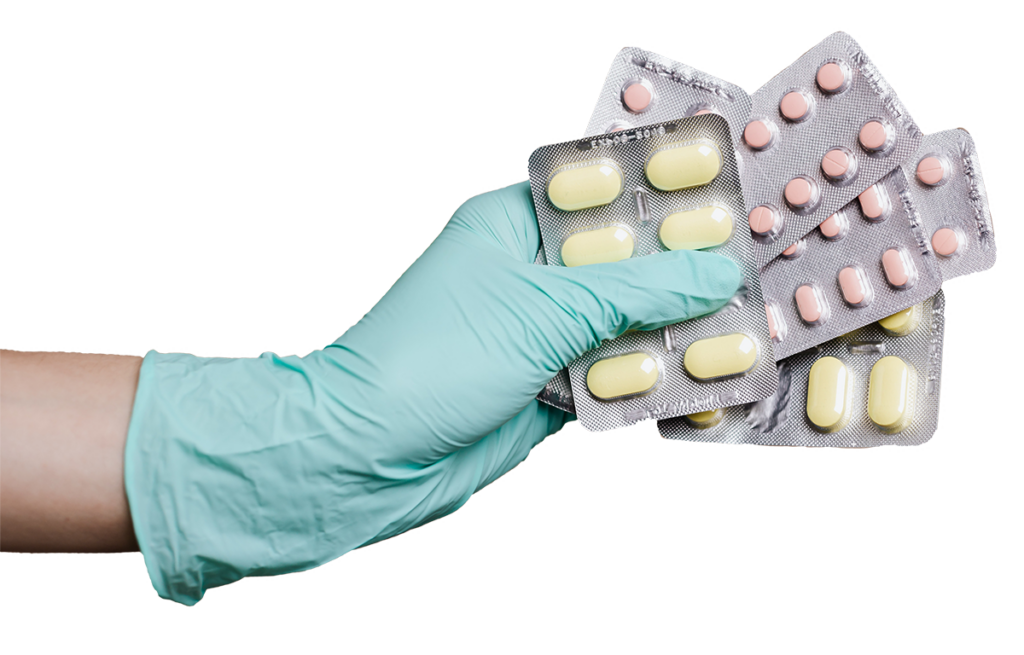Minnesota’s Prescription Drug Affordability Board
Prescription drugs don’t work if people can’t afford them
Everyone deserves access to affordable medicine. However, for years, pharmaceutical companies have hiked up prescription drug costs and legally price-gouged life-saving medication. As a result, the U.S. pays more for drugs than any other country, contributing to higher health insurance costs and leaving a growing number of people unable to afford the medicine they need.
To tackle this issue, Minnesota passed a Prescription Drug Affordability Board (PDAB) which launches in 2024. The PDAB is an independent board comprised of 7 voting members who have the authority to review, investigate, and set upper payment limits (UPLs) on high-cost prescription drugs sold in Minnesota. The purpose of the Board is to make sure people can afford the medicine they need.
The PDAB was a top recommendation of the Attorney General’s Task Force on Lowering Pharmaceutical Drug Costs and has received strong support from patients, doctors, healthcare providers, faith communities, labor unions, farmers, small business owners, and community organizations.
Together, we can lower the cost of medicine we need to be healthy and well because prescription drugs don’t work if people can’t afford them.
Frequently asked questions:
The PDAB is an independent board comprised of experts in pharmaceutical or healthcare economics and finance. The 7-voting members of the Board have the authority to review, investigate, and set upper payment limits (UPLs) on high-cost drugs sold in Minnesota. The policy also established an 18-person advisory council that includes patients, healthcare professionals, industry representatives, and other stakeholders.
The goal of the Board is to identify the upper payment limit at which people who need the drug can afford to buy it, and the insurers, purchasers, and state programs can afford to provide the drug to everyone in the state who should get it.
Building on Minnesota’s prescription drug price transparency legislation, the Board will review available price information and leverage it to lower the cost to patients and other payers. Following in the footsteps of insulin advocates, the Board is designed to address the affordability of critical drugs for a variety of conditions.
Our government is responsible for making healthcare work for everyone. For years, Minnesotans have shared their stories about the high cost of prescription drugs from inhalers, EpiPens, and antibiotics to treatment for Multiple Sclerosis, autoimmune diseases, cancer treatment, and insulin. According to a report from the Healthcare Value Hub, nearly half of Minnesotans (45%) are worried about prescription drug costs and 1 in 5 Minnesotans has rationed medicine due to costs. We all pay for the high cost of drugs, whether it is at the pharmacy, in our health insurance costs, or in our public programs.
Upper payment limits (UPLs) are a common tool used in healthcare, similar to reimbursement rate setting. When the Board sets a UPL on a drug, that is the maximum amount that drug can be sold for in Minnesota. The UPL applies to wholesalers, insurance payers, hospitals, nursing homes, and clinics, as well as patients at the pharmacy. UPLs ensure no one in the state is paying above the upper threshold. They are applied across the whole supply chain, cutting through the pharmaceutical industry’s convoluted system of rebates, middlemen, and finger pointing.
Only that are posing an affordability challenge to patients or meet certain criteria, such as sudden cost hikes or new drugs entering the market above $60,000 per year can be reviewed by the PDAB. Since 2020, Minnesotans have testified on the high cost of inhalers, EpiPens, treatments for Multiple Sclerosis, rheumatoid arthritis, autoimmune diseases and more. Drugs being considered by other states include an HIV treatment that costs $4,000 for a one-month supply, a $6,900 treatment for autoimmune diseases, and a treatment for Chron’s disease that costs $25,000 for a two-month supply.
Since Minnesota first introduced PDAB legislation in 2020, the pharmaceutical industry has spent millions of dollars lobbying against the proposal at the Legislature and in the media, often blaming others for high drug costs. The industry has also attempted carveouts for the most expensive drugs (orphan drugs/rare disease drugs). Based on experience from other states implementing PDABs, Minnesotans should expect heavy lobbying, media campaigns, and fear-tactics against the Board which are meant to cause confusion and inaction.
The PDAB and Advisory Council will hold their first meetings in 2024 and will establish meeting schedules. Meetings may be virtual or in-person.
There will likely be opportunities for patients to share their experiences with the Board. If you or a loved one is having trouble affording a prescription drug, please reach out to robert@takeactionminnesota.org to get connected.
Are you a medical provider concerned about PREScription drug affordability? Contact a COMMITTEE TO PROTECT HEALTH CARE organizer
Minnesotans for prescription drug affordability board






